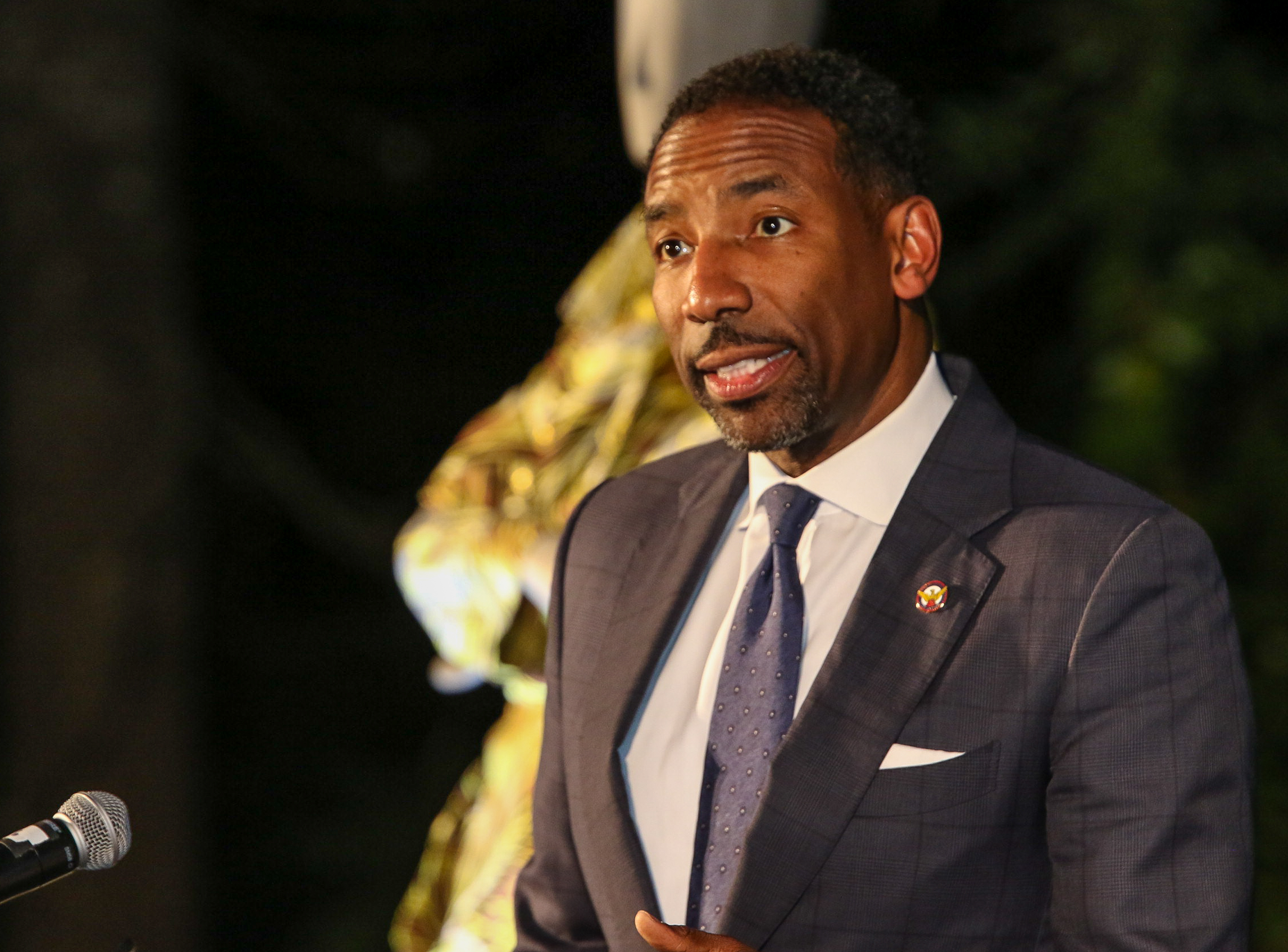Carbon forest offsets—the system by which an organization can compensate for its carbon footprint by funding projects that remove carbon dioxide from the atmosphere—have received a lot of attention in recent weeks. Allegations suggest that such projects are meaningless or amount to "greenwashing." With the increase in devastating weather patterns, droughts, and heat extremes, it is surprising that we are having this debate.
I have dedicated my life to supporting efforts to tackle climate change through the use of technology and carbon extraction combined with massive increases in the vegetation cover on the planet. I have seen the impact and the results. I can say with confidence that carbon forest offset programs are by far the best tool we have right now to preserve forests and wildlife, protect Indigenous communities, and generate the rainfall we need to tackle climate change.
Carbon forest offsets are a mechanism used to mitigate greenhouse gas emissions. Forests act as natural carbon sinks, absorbing and storing carbon dioxide from the atmosphere through photosynthesis. The idea behind carbon forest offsets is that individuals, companies, or governments that want to compensate for their own carbon footprint can effectively "neutralize" their emissions by investing in projects that remove or reduce carbon dioxide from the atmosphere.
So how does this work? Eligible forests must already be under threat, or be damaged and in need of regeneration, or have suffered deforestation and must be replanted. In other words, the investment must genuinely make a difference. A rigorous assessment is made of the amount of carbon dioxide equivalent (CO2e) that has been avoided, reduced, or removed from the atmosphere under the project. The carbon offsets are then sold on the international market according to supply and demand, the quality of the project, its additionality (the concept that the project's emissions reductions or removals would not have occurred without the financial support from the sale of carbon offsets), its longevity, and the cost of compliance with regulations.
A well-managed and protected forest will continue to capture carbon over the long-term, storing it in trees and soil, and thus helping to mitigate climate change by reducing the concentration of CO2 in the atmosphere. Forests also contribute to the generation of rainfall—an essential component of tackling climate change—by positively influencing atmospheric moisture content and precipitation patterns through transpiration, where water is absorbed through a plant's roots and eventually released as vapor through the leaves.
I speak from experience. Wildlife Alliance has been playing a major role in preserving and reforesting 1.4 million hectares of the Cardamom Rainforest in Cambodia under the REDD+ standard for carbon forest offsets that is regulated by the United Nations. (REDD+ stands for Reducing Emissions from Deforestation and forest Degradation in developing countries, plus conservation, sustainable management of forests, and enhancement of forest carbon stocks.)
Carbon forest offsets are not a substitute for reducing emissions at their source. But they are a valuable tool to complement emission reduction efforts. As long as the projects are well-designed and effectively monitored, they provide financial incentives for forest conservation and restoration, which can help address climate change, preserve biodiversity, and support local communities that rely on traditional foods, medicines, and sustainable resources that are found in the forest.

Despite recent criticisms, REDD+ has undoubtedly been a success. According to the United Nations, 14 developing countries undertaking REDD+ activities "reported a reduction of almost 11 billion tons of carbon dioxide, almost twice the amount of net greenhouse gas emissions from the United States in 2021, and are now eligible to seek results-based finance."
As a long-time frontline activist in the fight to protect threatened rainforests, I urge governments and NGOs across the globe to back the continued use of carbon offset schemes to fund the preservation of the world's forests. Without a system of carbon credits to support forest protection, many of the world's forests will succumb to development, logging, and commercial activities.
We must work to improve carbon offset standards. That will require complex negotiations over many years. Our overheating planet simply does not have time for us to abandon our current system of carbon offsetting before we come up with something better.
Dr. Suwanna Gauntlett is the founder and CEO of Wildlife Alliance. She has dedicated her life to protecting rainforests and wildlife in some of the world's most hostile and rugged environments. Her Twitter is @dr_suwanna.
The views expressed in this article are the writer's own.
Uncommon Knowledge
Newsweek is committed to challenging conventional wisdom and finding connections in the search for common ground.
Newsweek is committed to challenging conventional wisdom and finding connections in the search for common ground.





